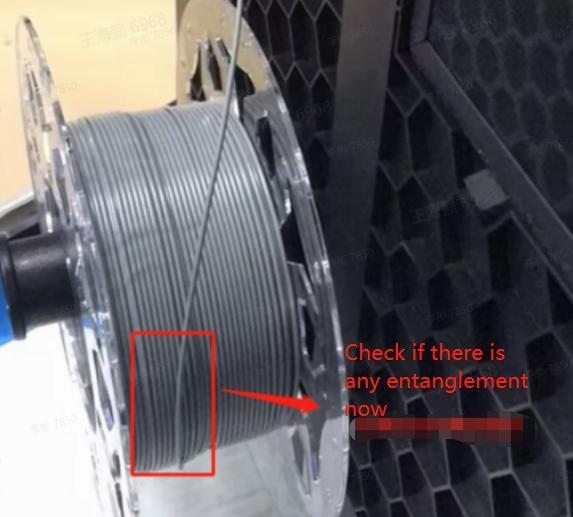


Welcome to a comprehensive overview of the Creality K1 Max printer bed. If you’re seeking a high-quality bed for your 3D printing needs, the Creality K1 Max bed is sure to impress. Machined from 6mm thick 5083 Aluminum Cast Tooling plate, this bed offers a flat surface essential for successful 3D printing.
With a weight of approximately 4 lbs and dimensions of 310mm length and 315mm height, the Creality K1 Max bed is designed to provide superior flatness for optimal printing results.
The Creality K1 Max printer bed is machined from 6mm thick 5083 Aluminum Cast Tooling plate. It boasts a flat surface, which is essential for successful 3D printing. Here are the specifications:
If you’re looking for an ultra-flat print surface, this bed is an excellent choice. It’s designed to provide superior flatness compared to the thin, cold-rolled aluminum beds that come stock on Creality 3D printers
The Creality K1 Max offers several impressive features that make it a standout 3D printer. Let’s delve into its benefits:
Core XY Speed Demon: The K1 Max utilizes the Core XY motion system, which results in impressive speed and accuracy during printing. This design allows for rapid movement of the print head, contributing to faster overall print times.
Generous Build Volume: With a 300 x 300 x 300 mm (11.8 x 11.8 x 11.8 in) build area, the K1 Max provides ample space for creating large-scale prints. Whether you’re working on prototypes, functional parts, or artistic designs, this spacious volume accommodates your needs.
AI Sensors for Print Failure Prevention: Creality has equipped the K1 Max with LIDAR and an AI camera. These sensors actively monitor the printing process and alert you if a print fails. This feature helps prevent wasted time and material due to unsuccessful prints.
Enclosed Design: The K1 Max is enclosed, which provides several advantages. It helps maintain a stable printing environment by minimizing temperature fluctuations and drafts. Additionally, the enclosure reduces noise and keeps dust away from the print area.
Klipper Firmware: The K1 Max runs on a version of Klipper firmware, known for its efficiency and performance. Although Creality initially restricted access, they have since released an open version of the firmware, allowing users to install vanilla Klipper if desired.
Affordable Price: Retailing at $899, the K1 Max offers a compelling value proposition. It’s $300 less expensive than the Bambu Lab X1 Carbon, which has similar deluxe features but a smaller build volume.
Smooth and Clean Prints: In our tests, the K1 Max produced fast, smooth, and clean prints. It handles high-temperature filaments with ease, making it one of the best 3D printers available.
Here are the key specifications of the Creality K1 Max:
The K1 Max comes with everything you need to get started, including tools, a spool of white Creality Hyper PLA, and a user-friendly interface. Overall, it’s a warp-speed 3D printer that balances performance, convenience, and affordability .

IMG Source: kwcdn.com
Let’s dive into Creality K1 Max bed calibration and maintenance. Proper bed leveling is crucial for successful 3D printing. Here are the steps you can follow:
Calibration:
Routine Maintenance:
Additional Tips:

IMG Source: wordpress.com
Let’s address some common bed-related issues with the Creality K1 Max 3D printer. Proper bed leveling and adhesion are crucial for successful prints. Here are some potential problems and their solutions:
Bed Leveling Issues:
Bed Adhesion Problems:
Filament Jamming/Extrusion Issues:
Remember to consult your Creality K1 Max user manual
For more detailed information, you can also refer to the official Creality Wiki troubleshooting guide.

IMG Source: shoplazza.com
Let’s delve into a comparison of the Creality K1 Max
The Creality K1 Max is part of Creality’s flagship series of 3D printers. Here are some key features:
While the K1 Max shines in its own right, let’s explore how it stacks up against its siblings and competitors:
Ultimately, your decision should align with your specific needs. Whether you prioritize speed, quality, or other factors, consider these details to choose the 3D printer that best suits your requirements

IMG Source: shoplazza.com
By following proper calibration procedures and conducting routine maintenance, you can ensure optimal printing results with your Creality K1 Max bed. Remember, a well-maintained bed is the foundation for successful 3D printing projects. Explore the versatility and reliability of the Creality K1 Max bed to enhance your printing experience and bring your creations to life with precision and accuracy.